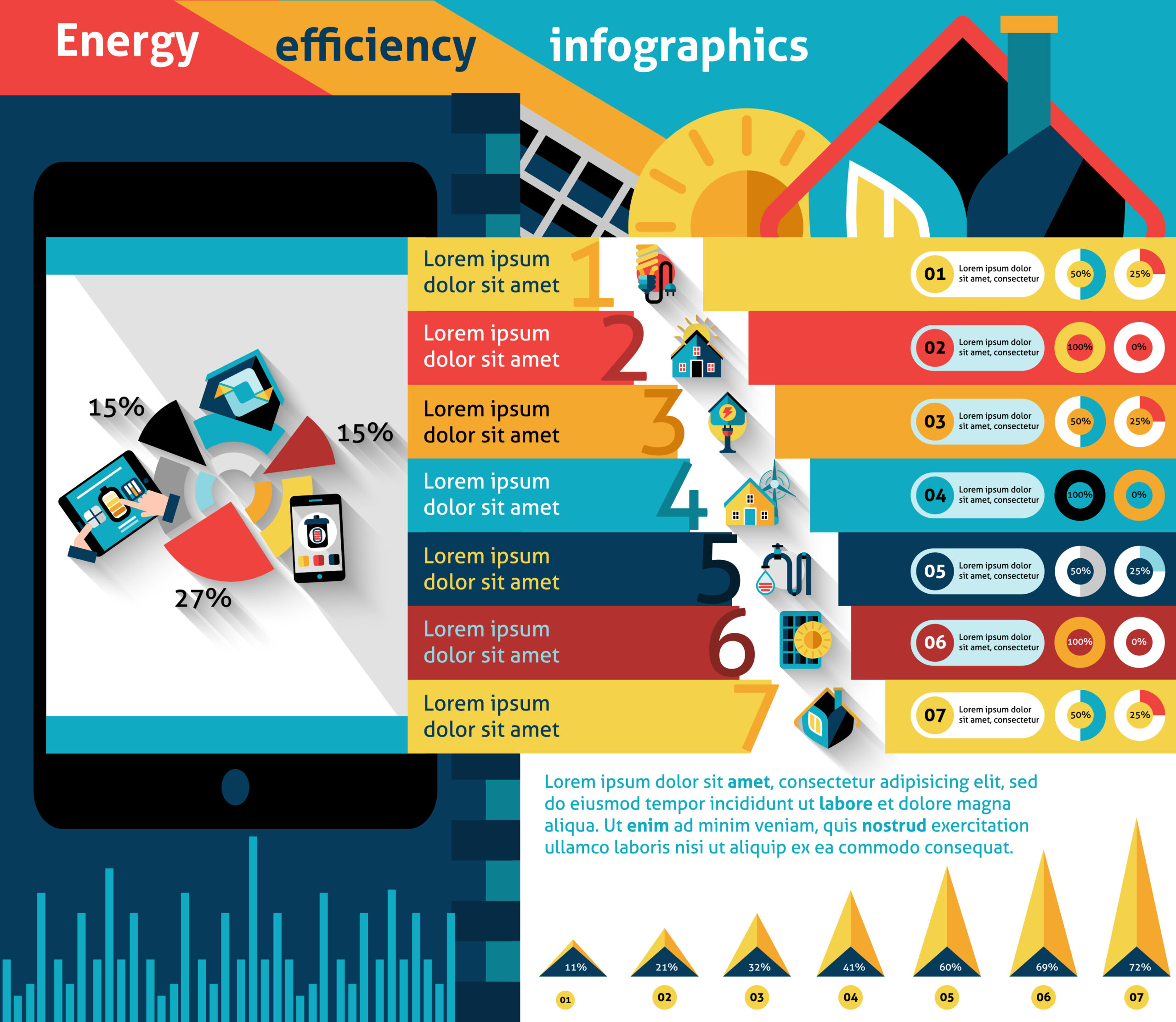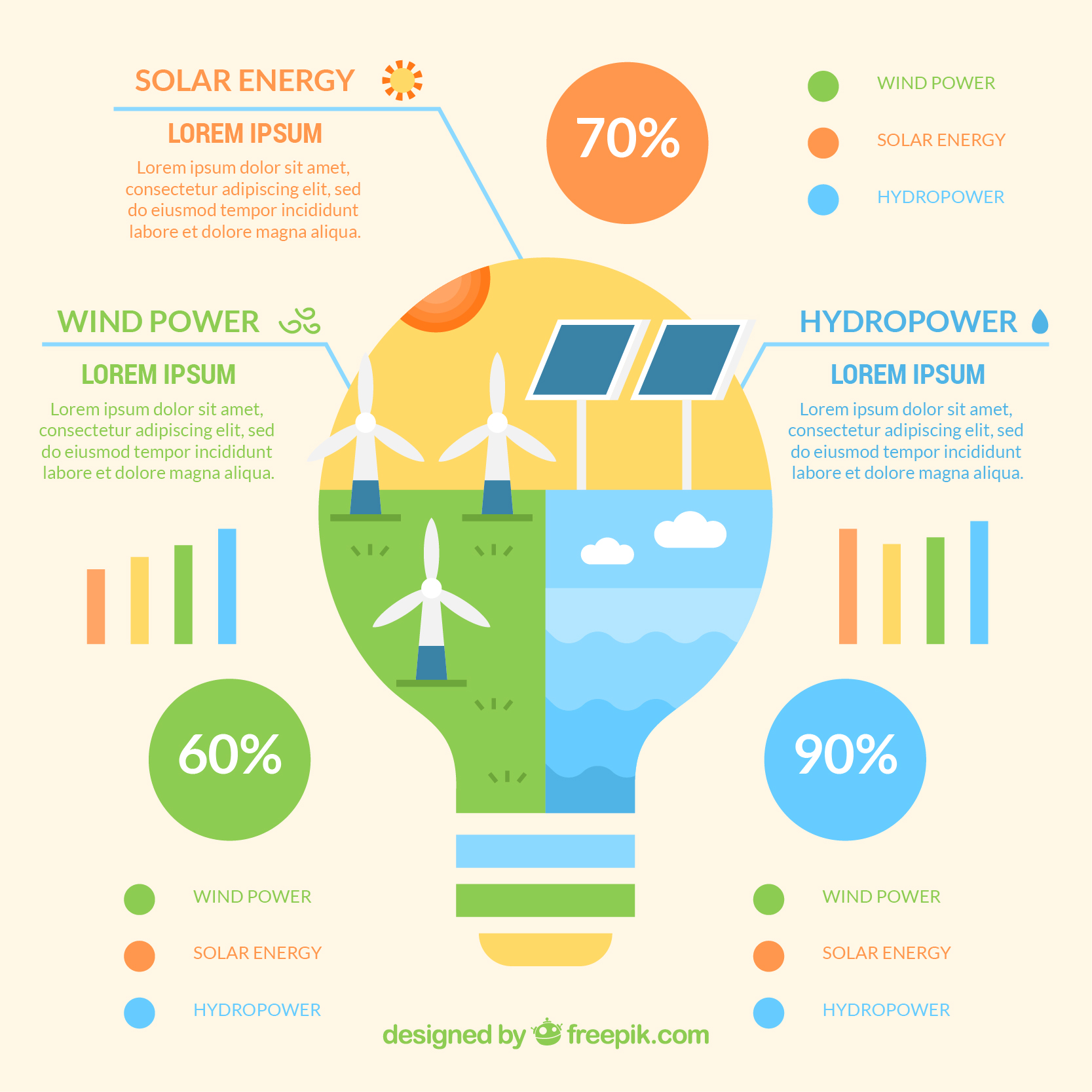In recent years, the focus on sustainable and renewable energy sources has intensified, and one technology stands out as a beacon of hope for a greener future: solar power. Harnessing the immense power of the sun, solar energy offers numerous benefits, from reducing carbon emissions to providing a reliable and abundant source of electricity. In this article, we will delve into the world of solar power facts, examining how this clean and renewable energy source works, its advantages and challenges, and its potential to shape a brighter and more sustainable future.
Solar Power Facts: Unveiling the Sun’s Secrets
Solar power facts encompass various aspects, from the science behind solar energy to its practical applications. Let’s delve into some of the most fascinating facts about solar power:

-
The Sun: A Cosmic Powerhouse
The sun, our nearest star, is an incredible source of energy. It generates an estimated 384.6 yottawatts (1 YW = 1 trillion watts) of power, which exceeds the combined energy output of all the fossil fuels and nuclear sources on Earth.
-
Solar Photovoltaic (PV) Technology
Solar PV technology converts sunlight directly into electricity using semiconductors like silicon. When sunlight strikes the solar cells, it displaces electrons, generating a flow of electricity.
-
Solar Thermal Technology
Solar thermal technology harnesses the sun’s heat to produce electricity. Mirrors focus sunlight on a receiver, which heats a fluid to generate steam, driving a turbine connected to a generator.
-
The Solar Constant
The solar constant represents the amount of solar radiation received per unit area at the Earth’s upper atmosphere, with an average value of approximately 1361 watts per square meter.
-
The Photovoltaic Effect
The photovoltaic effect, discovered by Alexandre-Edmond Becquerel in 1839, is the process by which certain materials produce an electric current when exposed to light.
-
The World’s Largest Solar Power Plant
The world’s largest solar power plant, the Noor Solar Complex in Morocco, covers over 3,000 hectares and has a capacity of 580 megawatts.
-
The Sun’s Energy Potential
The amount of sunlight that reaches the Earth’s surface in an hour contains enough energy to meet global energy demands for an entire year if effectively harnessed.
Solar Power Advantages: Shaping a Sustainable Future
Solar power offers a plethora of advantages that make it an appealing alternative to conventional energy sources. Let’s explore some of the key benefits of solar energy:
- Renewable and Abundant
Solar energy is renewable, meaning it will never run out as long as the sun exists. With an estimated lifespan of another 5 billion years, the sun ensures a virtually inexhaustible supply of solar power.
- Clean and Environmentally Friendly
Solar power generates electricity without emitting harmful greenhouse gases or pollutants, helping combat climate change and reduce air pollution, making it an eco-friendly option.
-
Energy Independence
By relying on solar power, communities, and countries can reduce their dependence on fossil fuels, thus enhancing energy security and stability.
-
Low Operating Costs
Once a solar power system is installed, it requires minimal maintenance and has low operating costs compared to traditional power plants.
-
Off-Grid Solutions
Solar power provides an excellent off-grid solution, particularly in remote areas where establishing traditional power infrastructure may be challenging and costly.
-
Grid Parity and Cost Competitiveness
Solar power is increasingly achieving grid parity, meaning its cost of electricity production is on par with or even lower than conventional energy sources in some regions.
-
Job Creation and Economic Growth
The solar industry has a significant potential to create jobs and stimulate economic growth, contributing to sustainable development.
Solar Power Challenges: Overcoming Hurdles for a Brighter Tomorrow
While solar power offers a promising future, it also faces some challenges that need to be addressed to unlock its full potential. Let’s examine some of the hurdles:
-
Intermittency and Energy Storage
One of the main challenges of solar power is its intermittent nature, as solar panels produce electricity only during daylight hours. Implementing effective energy storage solutions is essential to ensure continuous power supply.
-
Land Use and Environmental Impact
Large-scale solar power plants require significant land area, potentially impacting natural habitats and ecosystems. Careful planning and sustainable land use practices are necessary to minimize environmental consequences.
-
Upfront Costs
While solar power systems offer long-term cost benefits, the initial installation and setup costs can be substantial, deterring some individuals and businesses from making the transition.
-
Energy Conversion Efficiency
Solar energy conversion efficiency varies based on location, weather conditions, and the type of technology used. Enhancing efficiency is crucial to maximizing the power output of solar installations.
-
Material Sourcing and Recycling
The production of solar panels involves the use of rare earth metals and other materials. Ensuring responsible sourcing and recycling practices is vital for minimizing environmental impacts.
-
Technological Advancements and Innovation
Continuous research and innovation are necessary to improve solar technologies and make them more efficient, cost-effective, and accessible to a broader population.
Solar Power and the Environment: A Sustainable Alliance
Solar power’s impact on the environment goes beyond just clean electricity generation. Let’s explore how solar energy positively influences the environment:

-
Carbon Emission Reduction
By replacing fossil fuels, solar power significantly reduces carbon dioxide and other greenhouse gas emissions, mitigating the effects of climate change.
-
Water Conservation
Unlike conventional power plants that consume vast amounts of water for cooling, solar power requires minimal water usage, making it a valuable option in water-scarce regions.
-
Biodiversity Preservation
Choosing solar energy over fossil fuels helps protect wildlife and ecosystems from the harmful effects of pollution and habitat destruction.
Frequently Asked Questions (FAQs)
FAQ 1: How Does Solar Power Work?
Solar power works by converting sunlight into electricity through the use of solar panels, which contain photovoltaic cells that produce an electric current when exposed to light.
Answer: The photovoltaic cells in the solar panels absorb sunlight and displace electrons, creating a flow of electricity that can be used to power homes, businesses, and even entire cities.
FAQ 2: What Are the Different Types of Solar Power Systems?
There are mainly two types of solar power systems: photovoltaic (PV) and solar thermal. PV systems directly convert sunlight into electricity, while solar thermal systems use the sun’s heat to produce electricity.
Answer: Both types of systems have their unique advantages and applications, with PV systems being more common for residential and commercial installations, and solar thermal systems often used in large-scale power plants.
FAQ 3: Can I Use Solar Power at Night?
Solar power generation is limited during nighttime when there is no sunlight. However, with advancements in energy storage technologies like batteries, excess electricity generated during the day can be stored and used during the night.
Answer: This allows for a more continuous power supply, making solar energy a viable option for 24/7 electricity needs.
FAQ 4: Are Solar Panels Expensive to Install?
The initial installation cost of solar panels can be relatively high, but various incentives, tax credits, and financing options are available to help reduce the upfront expenses.
Answer: Over time, the savings on electricity bills and potential revenue from excess energy generation can offset the initial investment, making solar panels a cost-effective choice.
FAQ 5: How Does Solar Power Benefit the Economy?
Solar power contributes to the economy by creating jobs in the manufacturing, installation, maintenance, and research sectors. Additionally, it reduces reliance on imported fossil fuels, leading to energy independence.
Answer: With the growing demand for renewable energy, the solar industry plays a crucial role in stimulating economic growth and sustainable development.
FAQ 6: Can Solar Power Help Address Climate Change?
Yes, solar power is a crucial tool in combating climate change. By reducing greenhouse gas emissions and lowering our carbon footprint, solar energy helps mitigate the adverse effects of global warming.
Answer: Transitioning to solar power on a large scale is a key step towards a more sustainable and eco-friendly future.
Conclusion: A Bright Path Ahead
As we conclude this journey through the world of solar power facts, it becomes clear that solar energy is a powerful force for change. From its renewable and abundant nature to its positive impact on the environment and economy, solar power has the potential to lead us toward a brighter and more sustainable future.
With continuous advancements in technology and increasing awareness of the need for clean energy solutions, solar power is poised to play a more significant role in our lives. Embracing solar energy and supporting its growth can bring us closer to a world where sustainability and progress go hand in hand.
So, let’s harness the sun’s energy, unlock its potential, and walk together on the path to a greener and more promising tomorrow.
